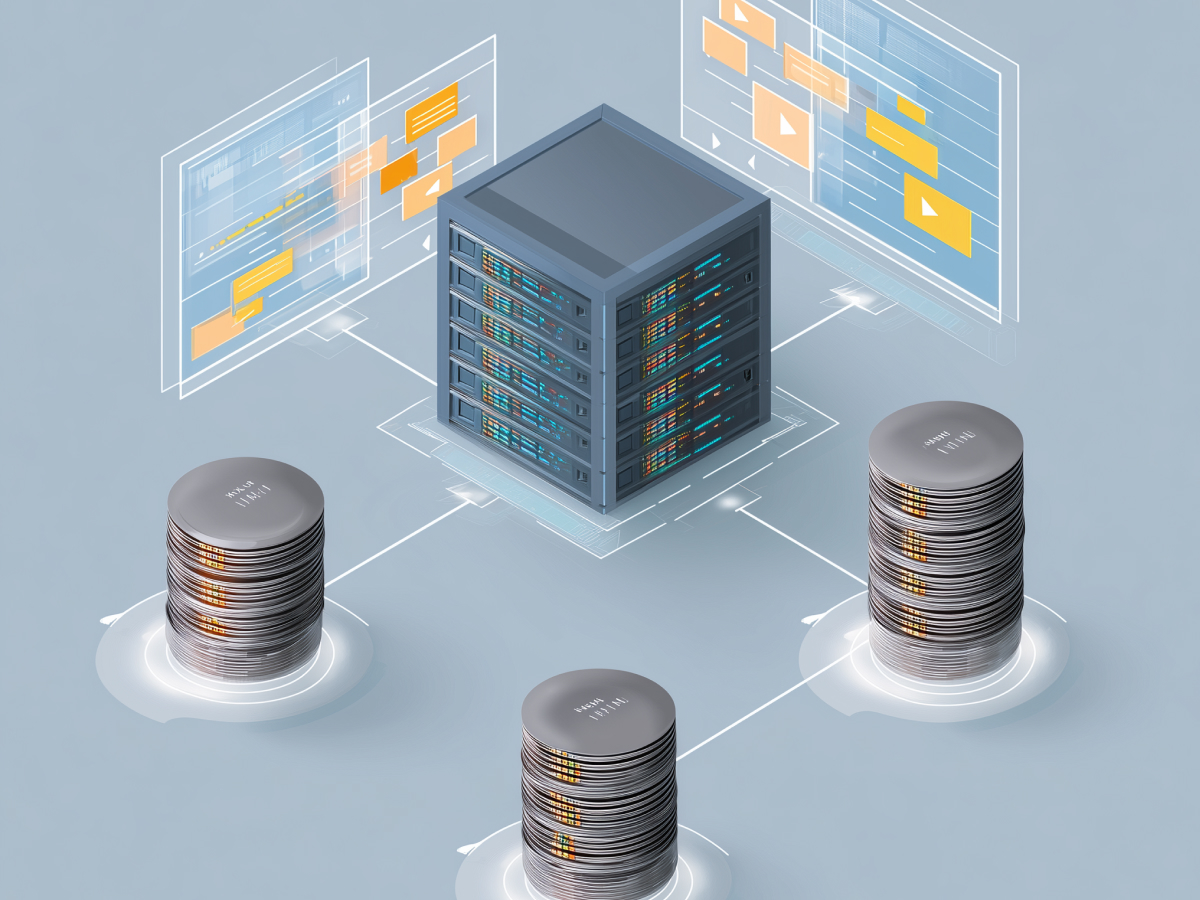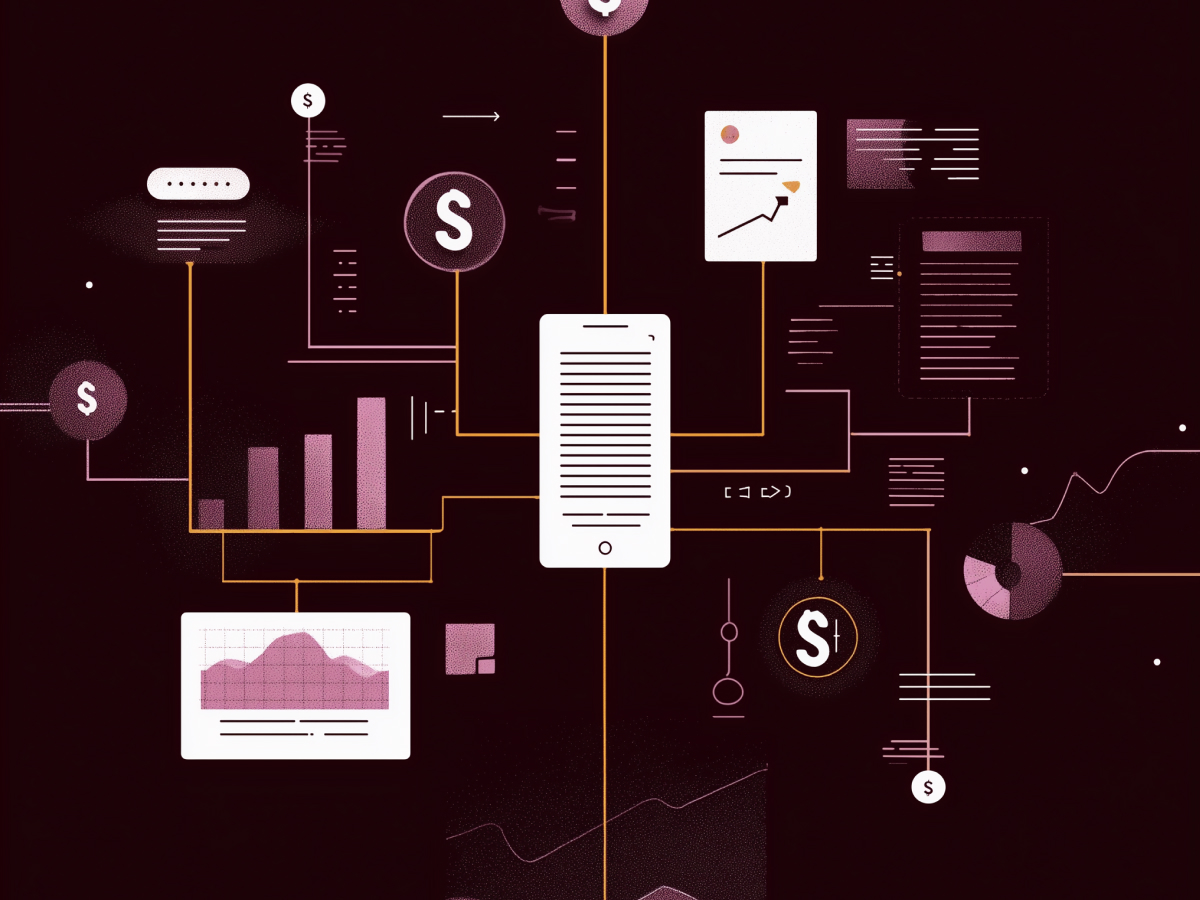OpenAI’s launch of ChatGPT’s image generation API
OpenAI just made a smart move. They’ve taken one of ChatGPT’s most talked-about features, image generation, and opened it up via API through a model called gpt-image-1. If your team builds tools or client-facing digital products, this is something to use. This release extends the core creativity of ChatGPT past basic interaction and into real visual production. In plain terms, you can now generate images through a few lines of code, embedded right into your own system.
It’s already proven popular. Within the first week of release back in March 2025, over 700 million images were generated. That tells you how ready the market is for this capability. Developers and designers are no longer stuck working only with stock images or slow manual generation. Now, with the right prompts, they can create custom visual assets instantly. It’s hard to overstate how much time this will save, and time is the one thing you can’t make more of.
This kind of accessibility fundamentally changes workflows. Engineering teams can automate image creation for large-scale content needs. Marketing can test new creative directions daily rather than quarterly. Product teams building B2C apps now have the power to dynamically generate visual content for users in real time, on the fly.
Integration of gpt-image-1 by major tech platforms
Let’s talk traction. You know a product is serious when respected leaders in tech don’t just test it, they deploy it. That’s exactly what’s happening with gpt-image-1. Adobe, Figma, HeyGen, and Quora are already running with this model in apps, production tools, and customer-facing platforms.
Adobe plugged gpt-image-1 into Express and Firefly. This gives creators quicker access to design features without manual effort. Figma went further. Designers using their platform now generate and modify images directly inside the workspace, no need to bounce between apps. HeyGen, in the video automation space, is now generating custom avatars using this technology. Quora, with its massive user base, made gpt-image-1 their default solution for image generation across the entire site.
Other major players are lining up. Canva’s testing it in their own AI suite. GoDaddy wants to use it to make custom logos easier. HubSpot is looking at how to create marketing visuals directly from AI prompts. Strategic conversations are clearly happening in boardrooms across these companies.
If you’re on an executive team, the takeaway is clear. Leading platforms using the same foundational model in different ways tells you the capability is flexible and ready for deployment. Integrating this model into your own stack, whether for internal tools or customer-facing features, means catching up with the frontrunners. You don’t need to build image generation from scratch. You just need to plug it in smartly, measure performance, and scale where it works.
This is the kind of early-stage adoption that often drives new revenue streams or dramatic operating efficiencies. When creativity scales automatically, the only bottleneck left is decision-making.
Robust safety controls incorporated into gpt-image-1
With any system that generates content at scale, trust matters. OpenAI understands that and has done the work. GPT-image-1 comes with built-in safety measures that are foundational. These guardrails are adapted from what was developed for ChatGPT-4o’s image models, and they’re designed to prevent the model from producing violent, explicit, or otherwise harmful imagery. That’s good AI engineering and responsible leadership.
Developers and product teams can adjust these safety parameters based on the intended application. Some use cases demand stricter filtering, think education or healthcare, while others in creative design might need more relaxed constraints. This flexibility doesn’t mean less safety. It just means smarter alignment with real-world application needs.
For C-suite teams evaluating risk and compliance alongside innovation, this is solvable. The fact that OpenAI allows for dynamic adjustment within clearly defined boundaries enables custom deployment without opening the floodgates. You maintain control. You still get the benefits of a robust generation engine without handing creative authority to a system that can go off script.
Security teams should be looped in early to help in fine-tuning how these controls interact with your users. It’s worth noting that the default state is highly conservative, so adoption starts responsibly and you widen the scope only when you choose to. This puts your team, not the tool, in charge of where the line is drawn.
Tiered pricing model based on token usage
Let’s move to economics, how much this capability costs. OpenAI has kept things transparent with a clear token-based pricing structure. You’re billed separately for prompt text, input images, and the generated images themselves. That gives you precise financial control over each stage of the process.
The rates are as follows: $5 for every 1 million tokens of text input, $10 for image input tokens, and $40 for image output tokens. These translate to about $0.02 for prompt text, $0.07 for input imaging, and $0.19 for each image generated, depending on size and resolution. It’s usage-based, not flat fee, which makes planning easier. You don’t pay a premium unless your usage justifies it.
This model rewards operational efficiency. If your engineering or creative teams are intentional with prompt construction and image resolution, the costs stay low while the output remains sharp and market-ready. More importantly, it scales cleanly with volume. Whether you’re generating ten images a week for marketing or ten thousand per day across customer requests, the pricing adapts without penalty.
For operational leads, this matters. You get real-time control over spending and can forecast budgets by department based on exactly how they use the model. That predictability is rare in fast-moving AI systems and makes this capability easier to sell internally across product, engineering, and finance.
API access requiring user verification for responsible deployment
OpenAI isn’t handing over powerful tools without checks. Access to the gpt-image-1 API is available globally, but in some cases, organizations must verify their identity before integration. This step ensures that those deploying the technology are accountable, which leads to more secure, responsible use, especially at scale.
The verification requirement filters out misuse without adding unnecessary friction for legitimate businesses. It’s targeted, not arbitrary. Teams that want to deploy AI-generated imagery in their products, platforms, or campaigns need to pass a reasonable threshold of intent and capability. Verification focuses on how the tool will be used, not just who is using it.
For C-suite leaders, this matters on two fronts. First, it reflects OpenAI’s stance that responsibility is baked into the system design. That aligns with regulatory trends worldwide. Second, verification gives partners, customers, and users greater confidence in the origin and oversight of AI-generated content. That’s valuable in environments where your brand reputation is only as strong as the trust people place in your tech decisions.
This model also supports compliance teams. If your business operates in highly regulated industries, finance, insurance, health, being able to show you passed OpenAI’s access checks becomes useful documentation. It shows intent and governance before deployment even begins. And for companies expanding internationally, especially into markets with stricter AI policies, verified access might be required just to enter.
Ultimately, verification doesn’t slow innovation, it formalizes it. It raises the baseline of who’s using impactful AI and why. It makes deployment deliberate and gives executive teams a clear way to align innovation with policy, scale, and transparency.
Key takeaways for decision-makers
- OpenAI activates API access to ChatGPT’s image generation: The gpt-image-1 model is now available via API for verified users, enabling businesses to embed scalable image generation into products, marketing, or creative workflows. Leaders should move quickly to assess integration paths for design, content, and automation use cases.
- Industry leaders are already embedding gpt-image-1 into products: Adobe, Figma, Quora, and others have fully integrated the model to streamline content creation and user engagement. Executives should see this as validation of product readiness and a signal to explore competitive or complementary use.
- Built-in safety controls support responsible deployment: The model includes flexible safeguards to prevent harmful content generation, customizable based on context. Leaders should involve compliance and legal early to confidently scale deployment without regulatory or reputational risk.
- Tiered pricing offers control and scalability: The token-based pricing structure supports flexible usage across different volumes and quality needs. Cost-conscious teams can pilot small and scale strategically, improving ROI from both a creative and operational standpoint.
- Verification process ensures accountable usage: OpenAI’s access model requires user or organization verification, reinforcing ethical use and platform integrity. Executives should ensure teams are prepared for a brief vetting process before deployment into sensitive or regulated business functions.





